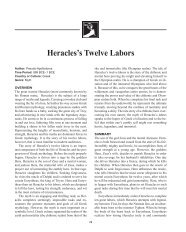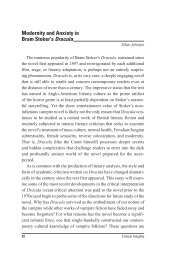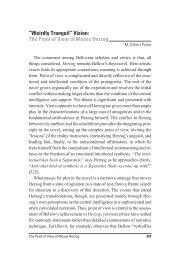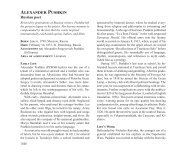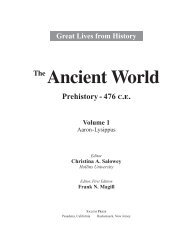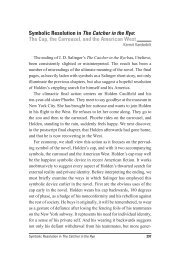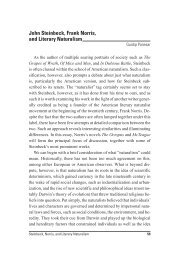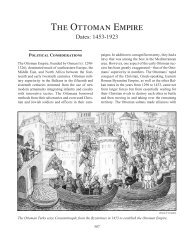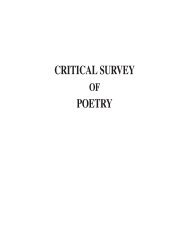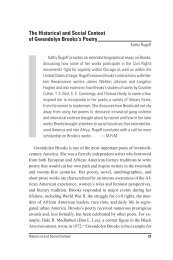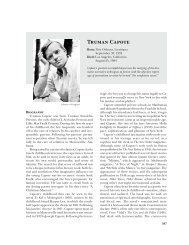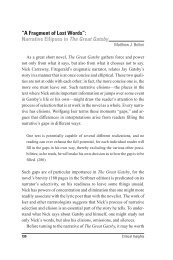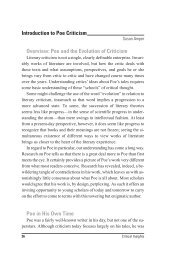Gabriel García Márquez: Cultural and Historical ... - Salem Press
Gabriel García Márquez: Cultural and Historical ... - Salem Press
Gabriel García Márquez: Cultural and Historical ... - Salem Press
Create successful ePaper yourself
Turn your PDF publications into a flip-book with our unique Google optimized e-Paper software.
<strong>and</strong> reality” (86). No other book in the Boom garnered such support or<br />
popularity; it was a novel that had a significant impact on scholarship<br />
<strong>and</strong> readership around the world.<br />
By the early 1970s, the unity among the writers of the Boom began<br />
to dissipate, <strong>and</strong> some of them were no longer friends or political allies.<br />
The hopeful myth that surrounded the Cuban Revolution began to fade<br />
away, symbolized when the poet Heberto Padilla was arrested in 1971,<br />
inciting an outrage. Sixty intellectuals who had supported the revolution<br />
signed an open letter to Fidel Castro, dem<strong>and</strong>ing Padilla’s release.<br />
Several Boom authors, including <strong>García</strong> <strong>Márquez</strong>, signed the letter.<br />
Though the Boom reached its end, the major writers continued with<br />
stellar careers that show no signs of diminishing.<br />
After the momentous success of One Hundred Years of Solitude,<br />
critics <strong>and</strong> audiences eagerly awaited <strong>García</strong> <strong>Márquez</strong>’s next book. Initially,<br />
he planned to write this novel in a year; it actually took seven,<br />
during which time his fame continued to burgeon at a rapid speed. The<br />
long-awaited The Autumn of the Patriarch was published in 1975 <strong>and</strong><br />
quickly sold half a million copies; however, its dense, difficult prose<br />
turned off many readers who had hoped to return to the magical world<br />
of Macondo. Structured in six unnumbered chapters comprising long,<br />
dense sentences, without separate paragraphs, it is a difficult book <strong>and</strong><br />
somewhat inaccessible. Some critics also expressed disappointment at<br />
first; however, over time, opinion has changed <strong>and</strong> many consider this<br />
novel to be a major work of <strong>García</strong> <strong>Márquez</strong>’s oeuvre as well as of contemporary<br />
Latin American fiction. “All of his works are well crafted;<br />
this novel is his most refined project of technical virtuosity,” attests<br />
critic Raymond Leslie Williams (100).<br />
During the late 1960s <strong>and</strong> early 1970s, several writers of the Boom<br />
published novels about dictators, a powerful subject for the region, as<br />
Latin America has a painful, long-st<strong>and</strong>ing history of tyrannical dictatorships.<br />
For example, in 1973 the democratically elected president of<br />
Chile, Salvador Allende, was overthrown <strong>and</strong> replaced by General<br />
Augusto Pinochet, a dictator who remained in power until the end of<br />
26 Critical Insights



